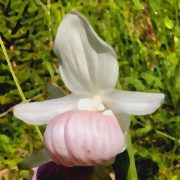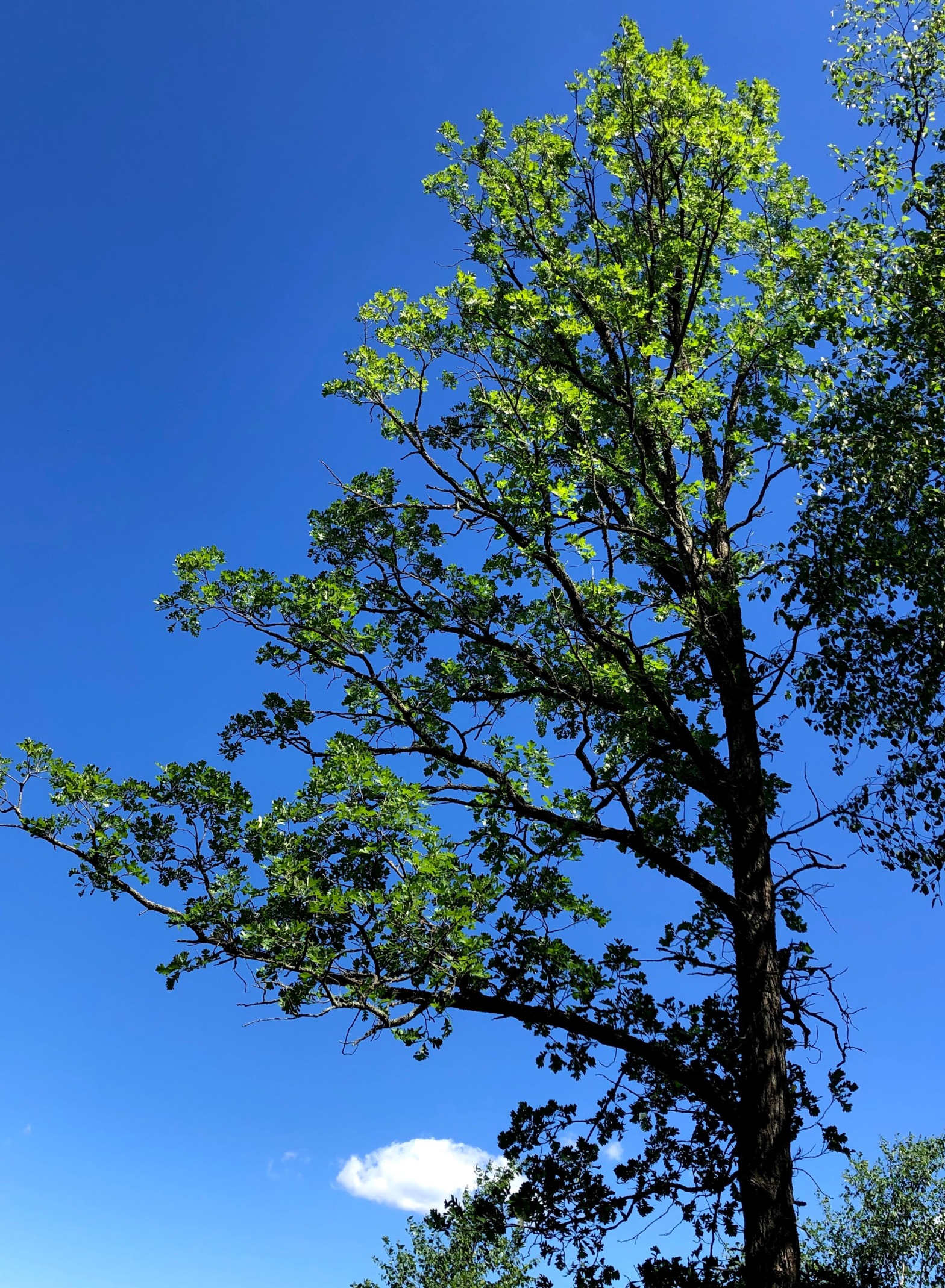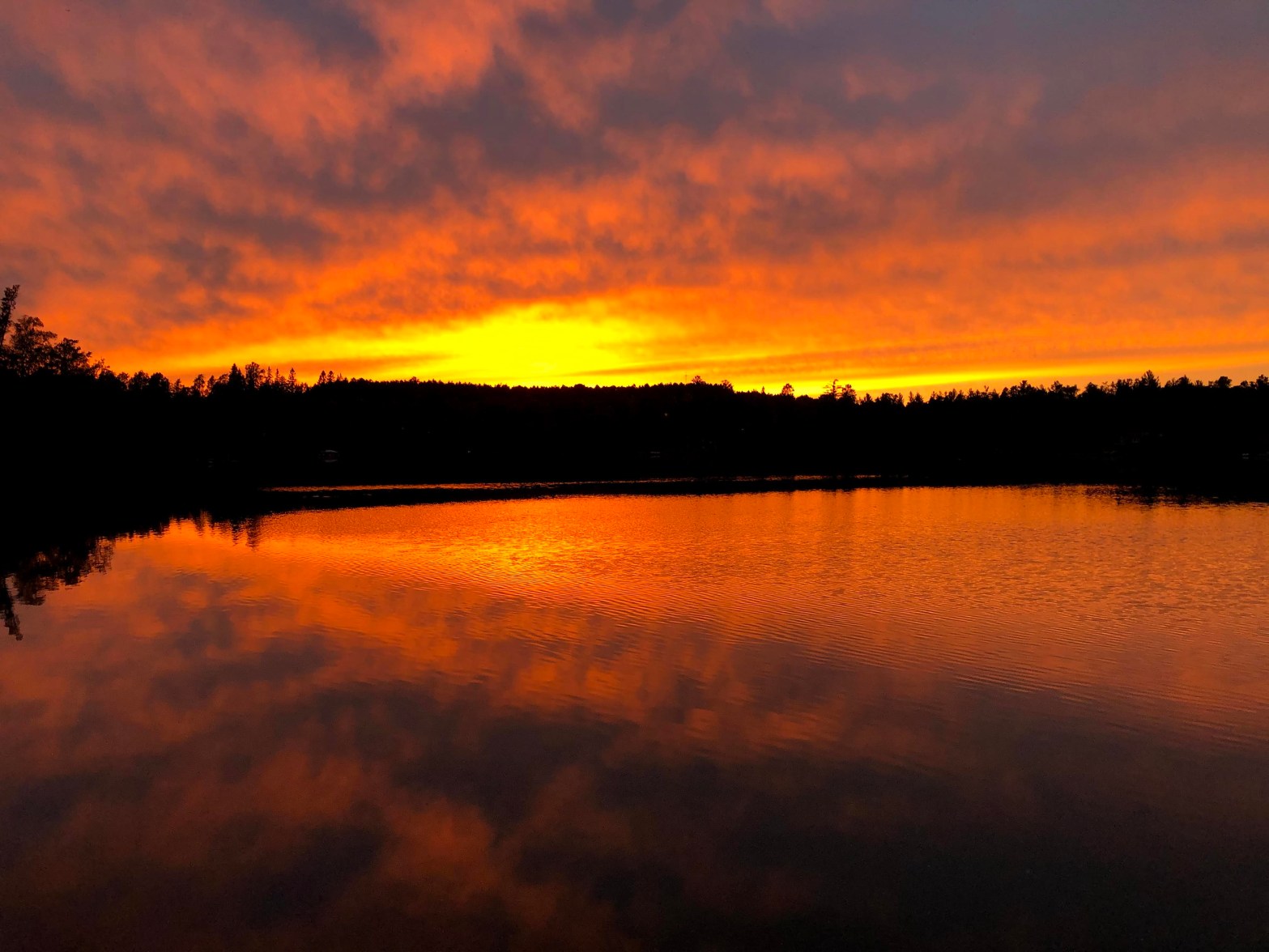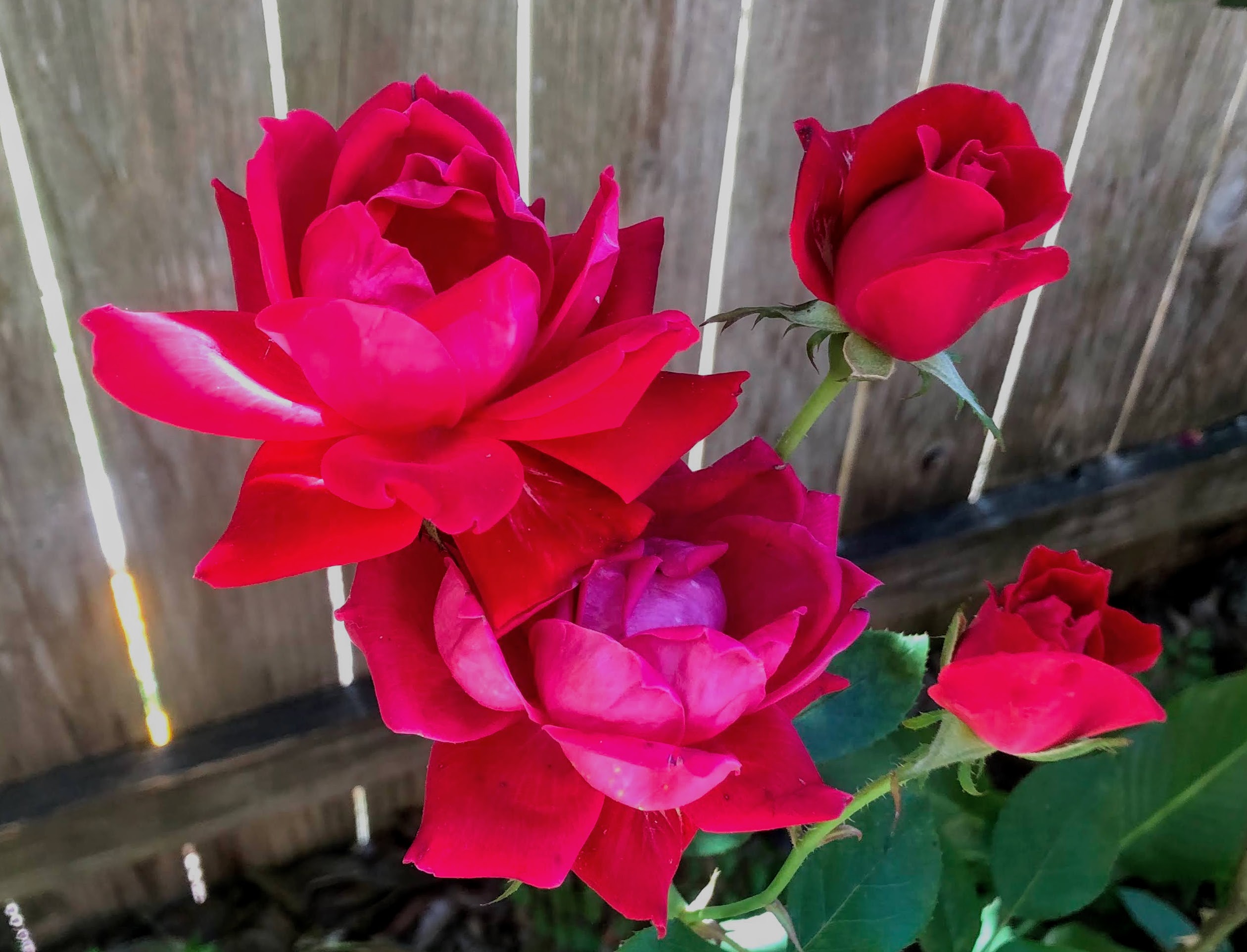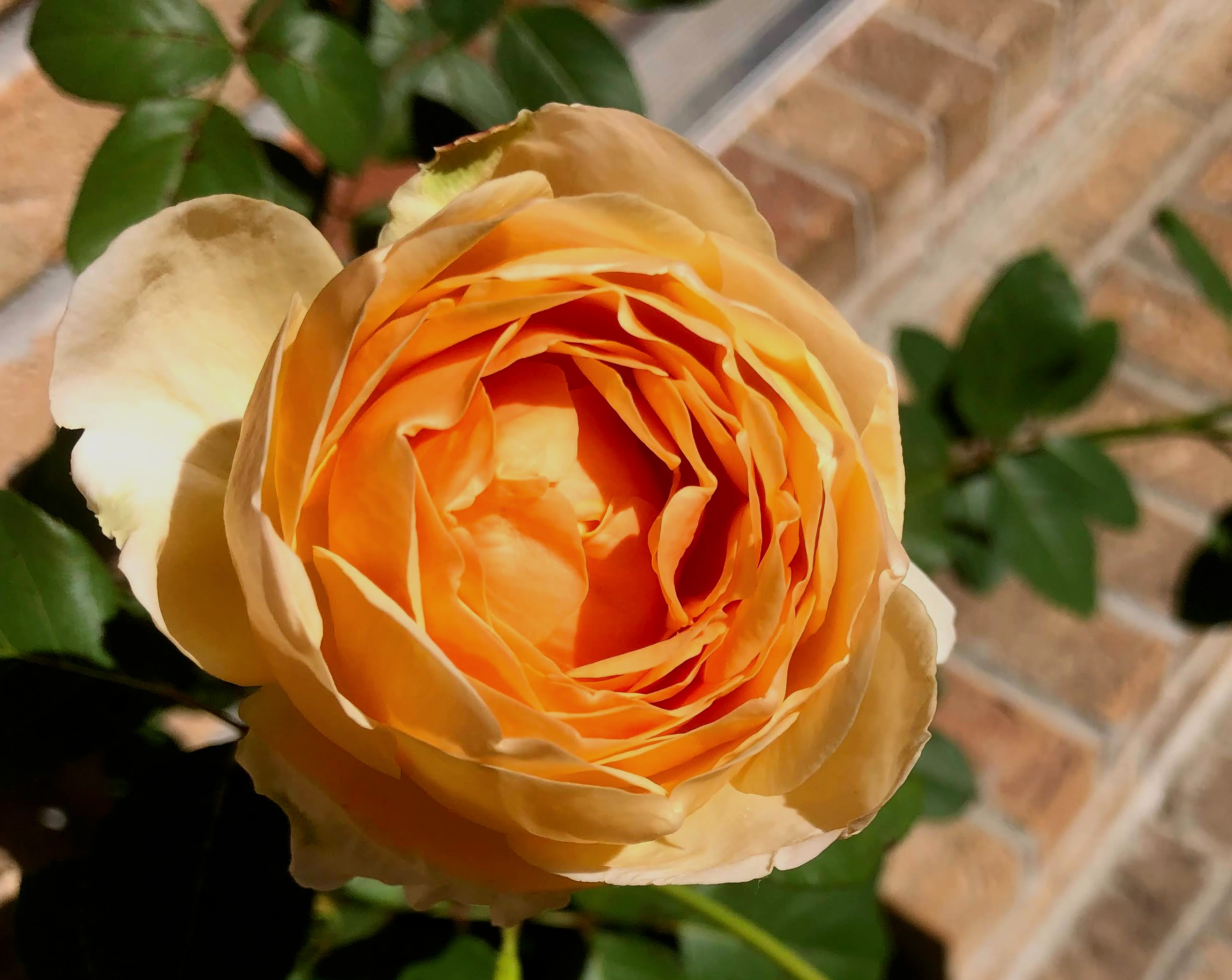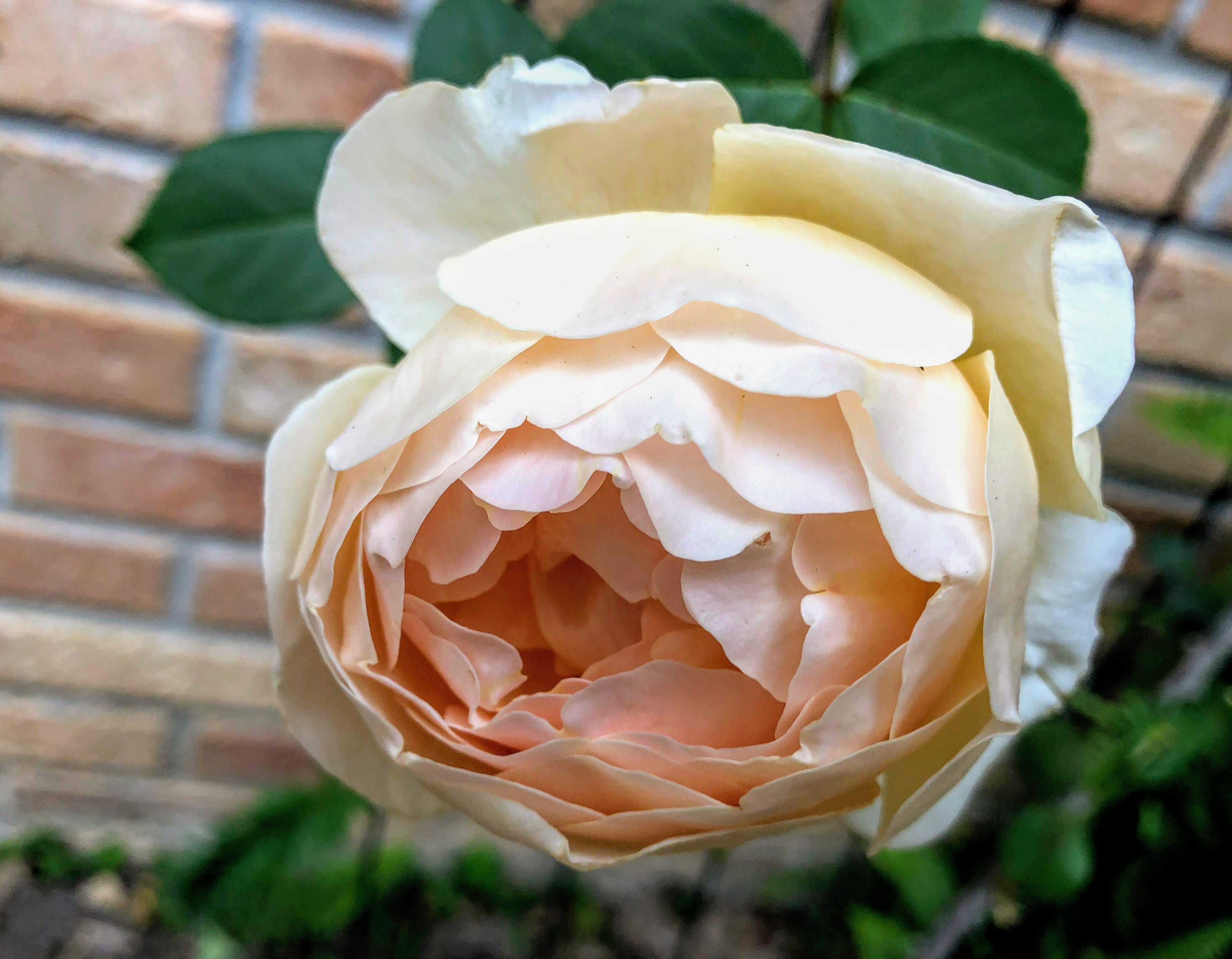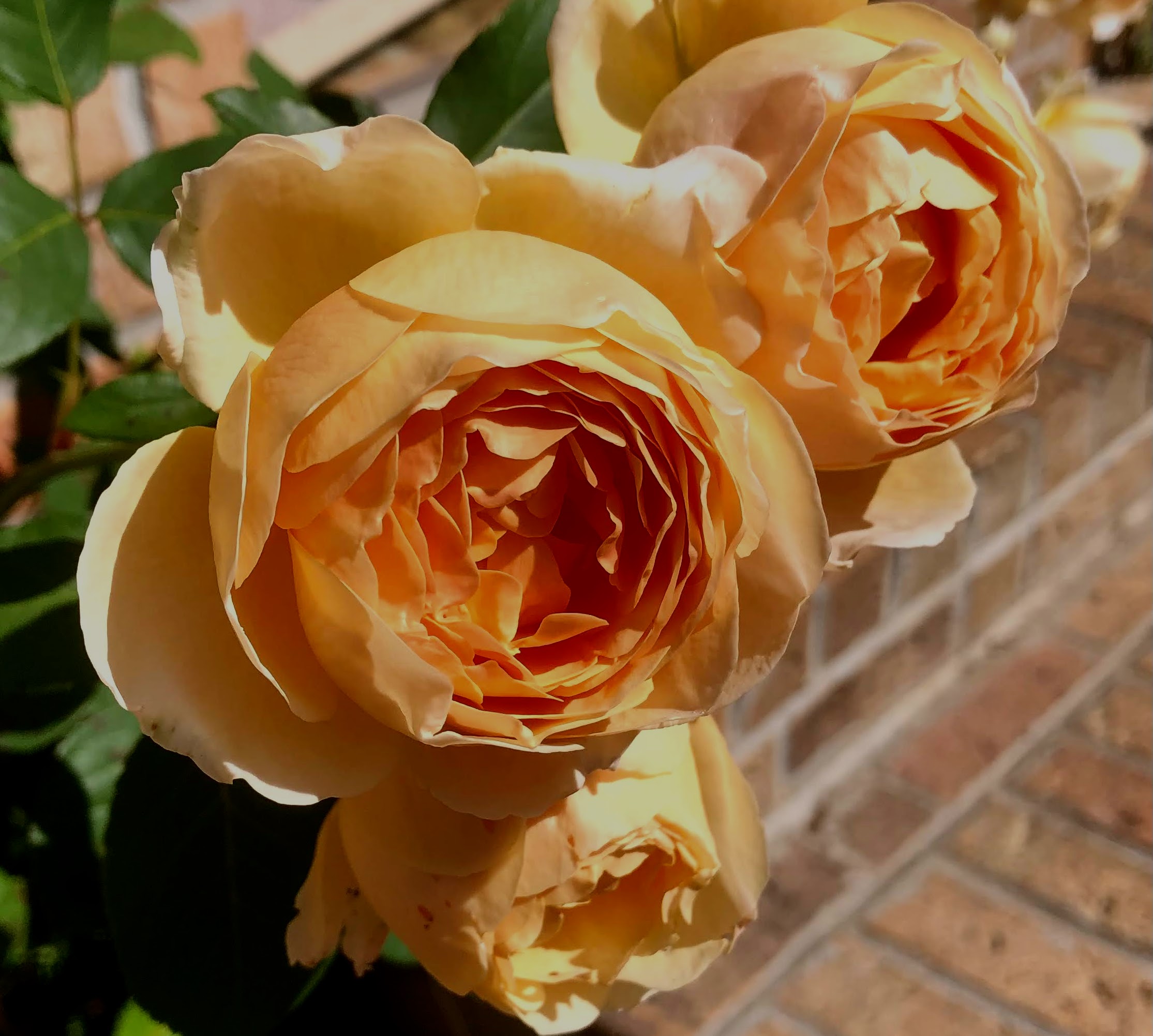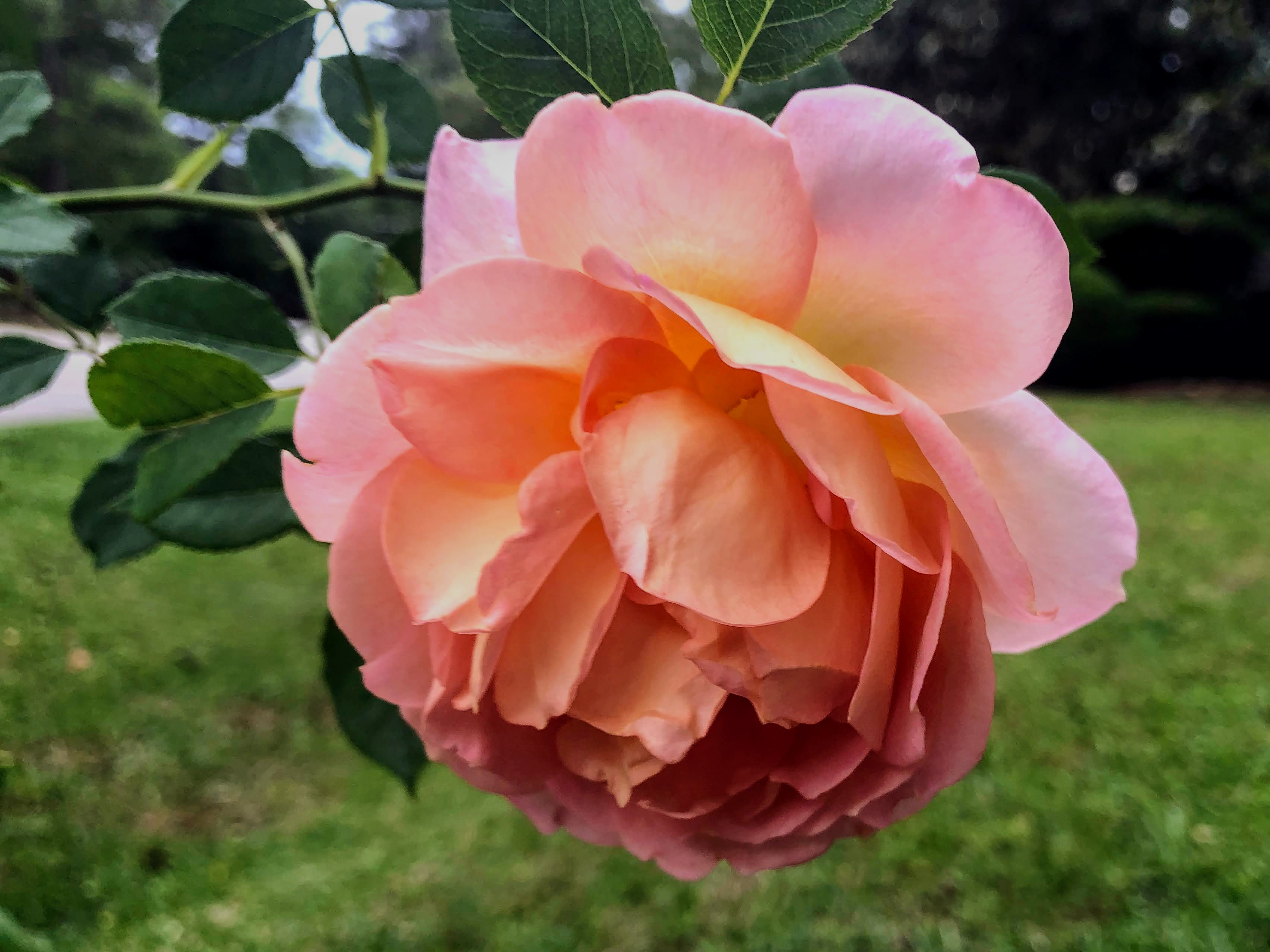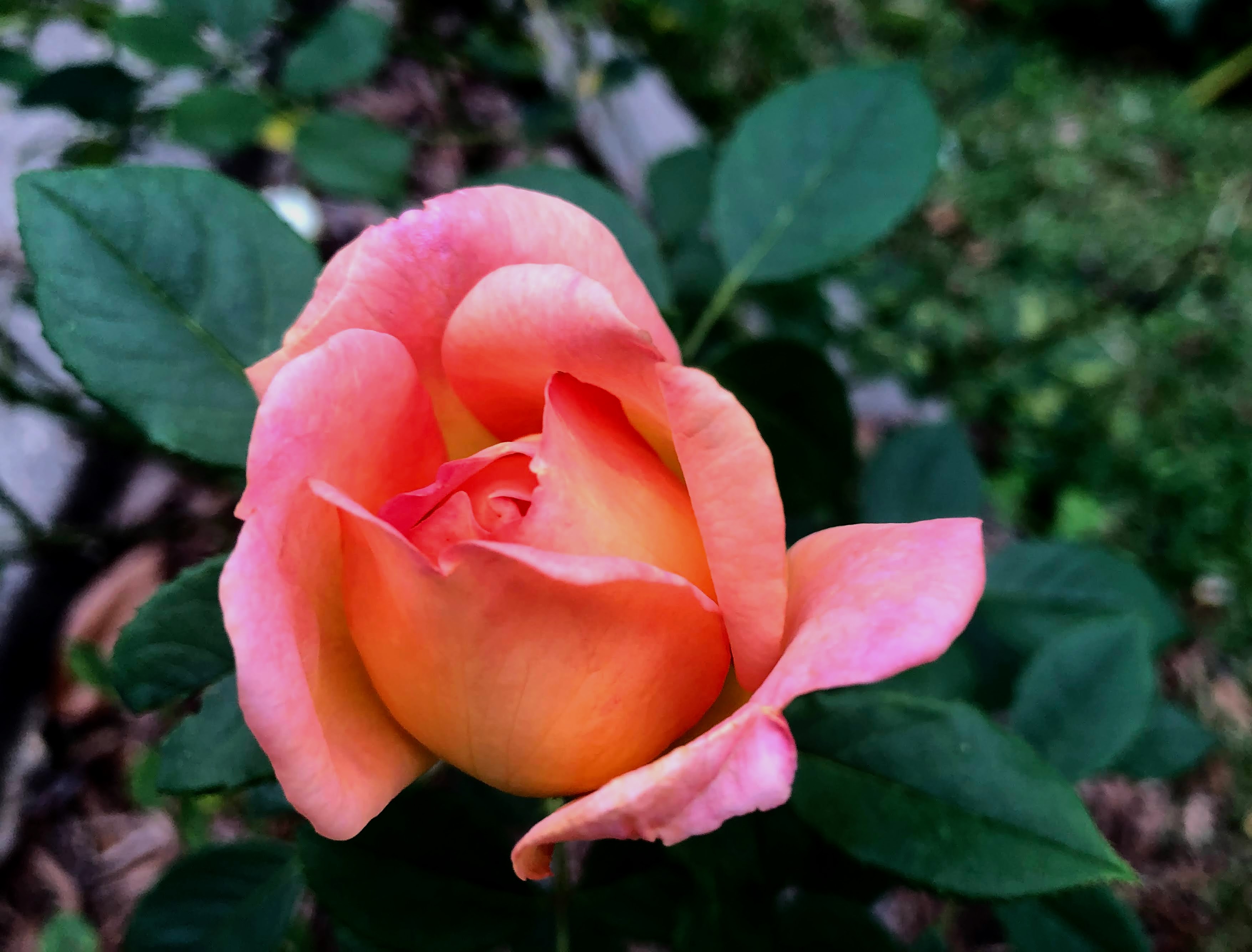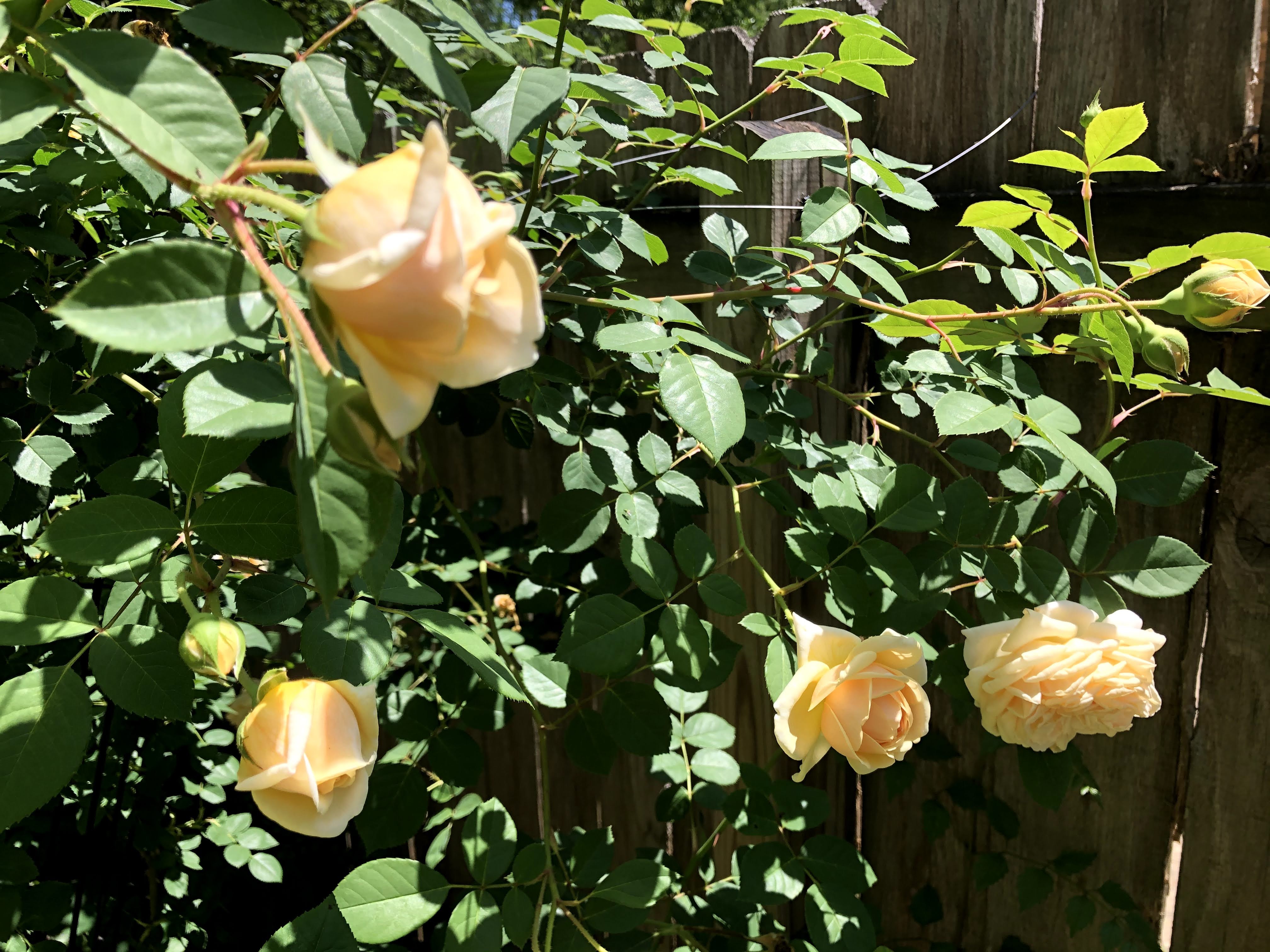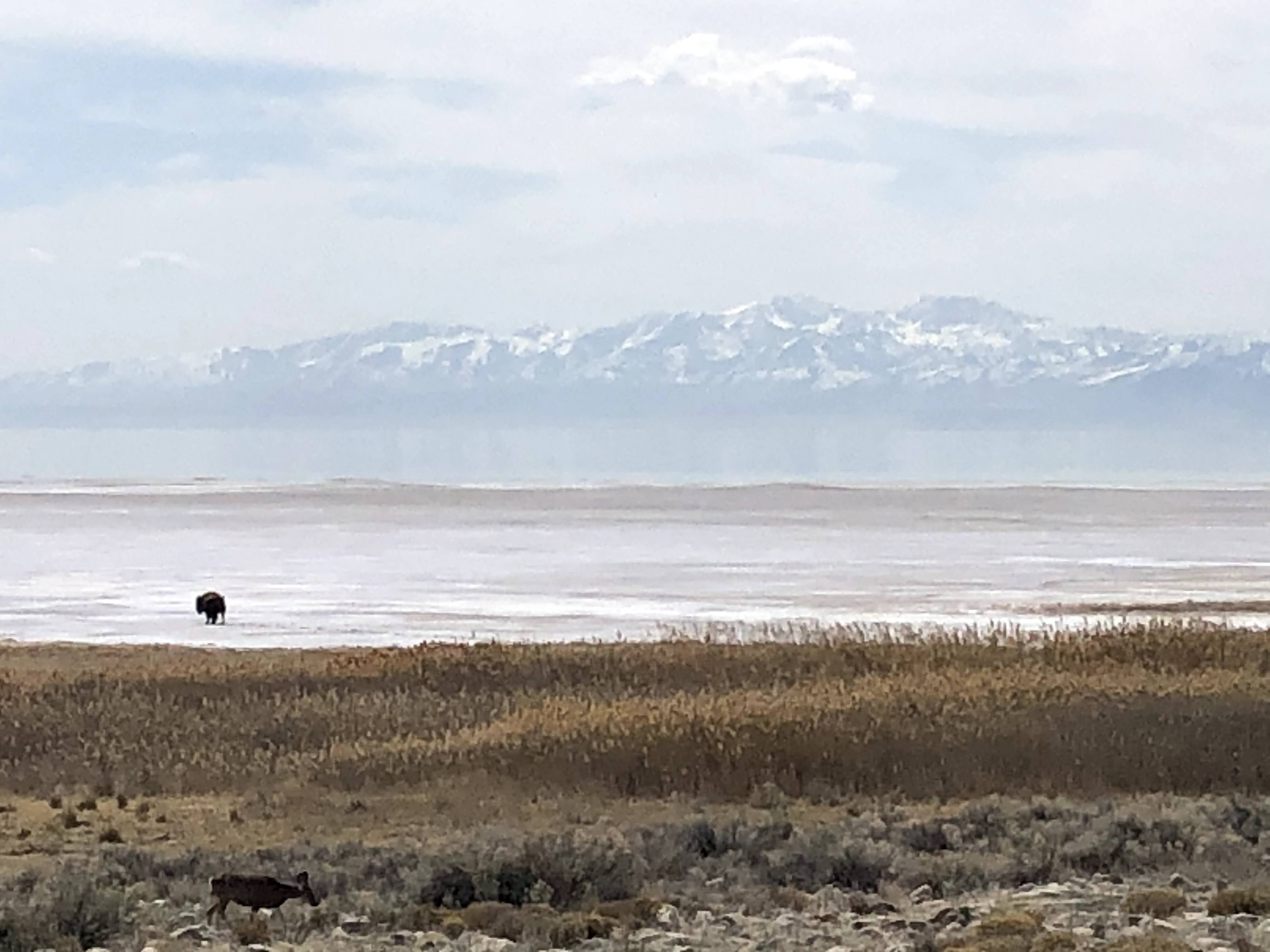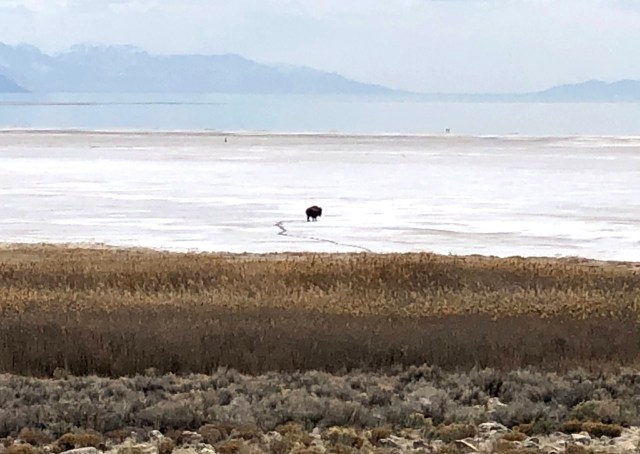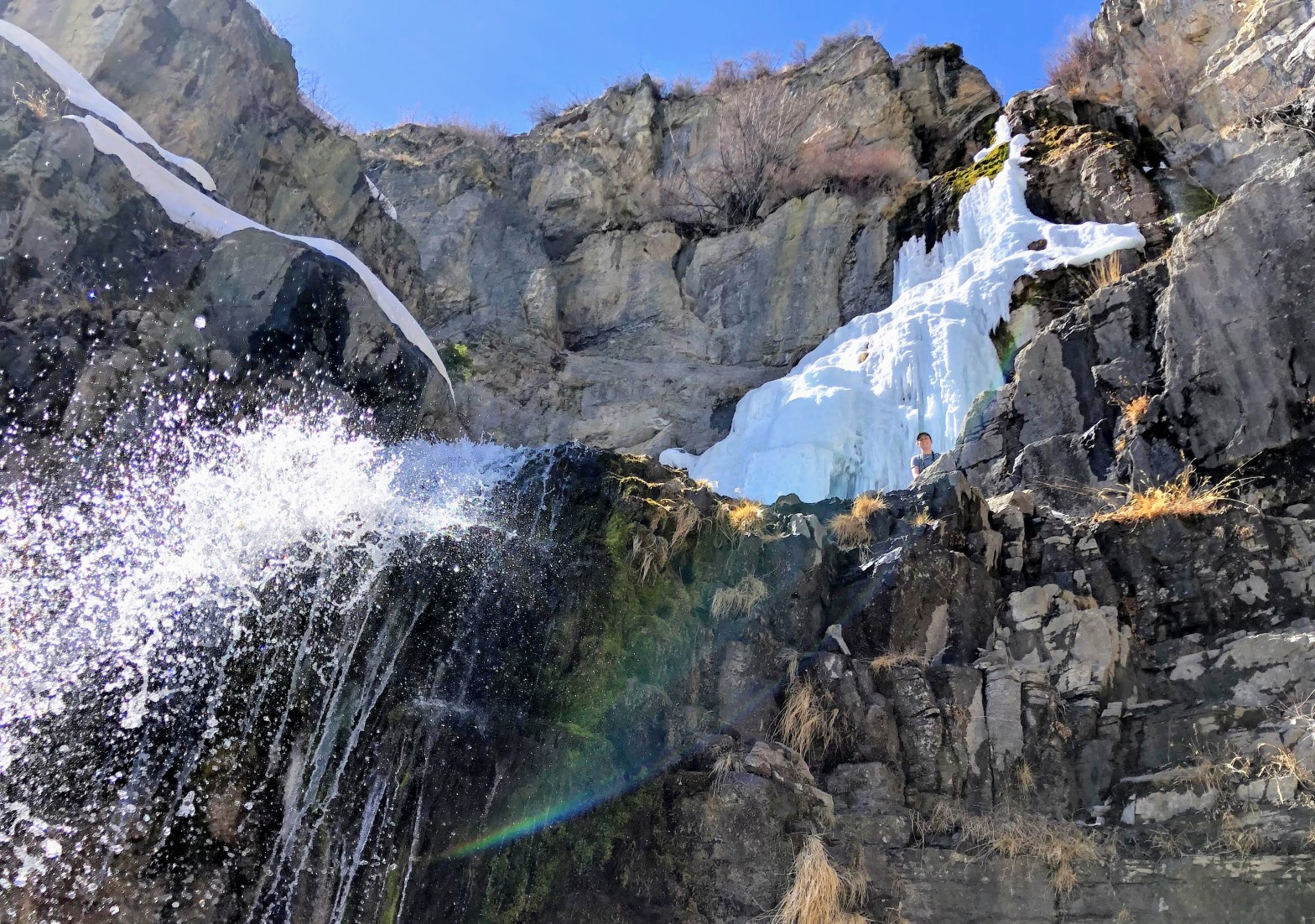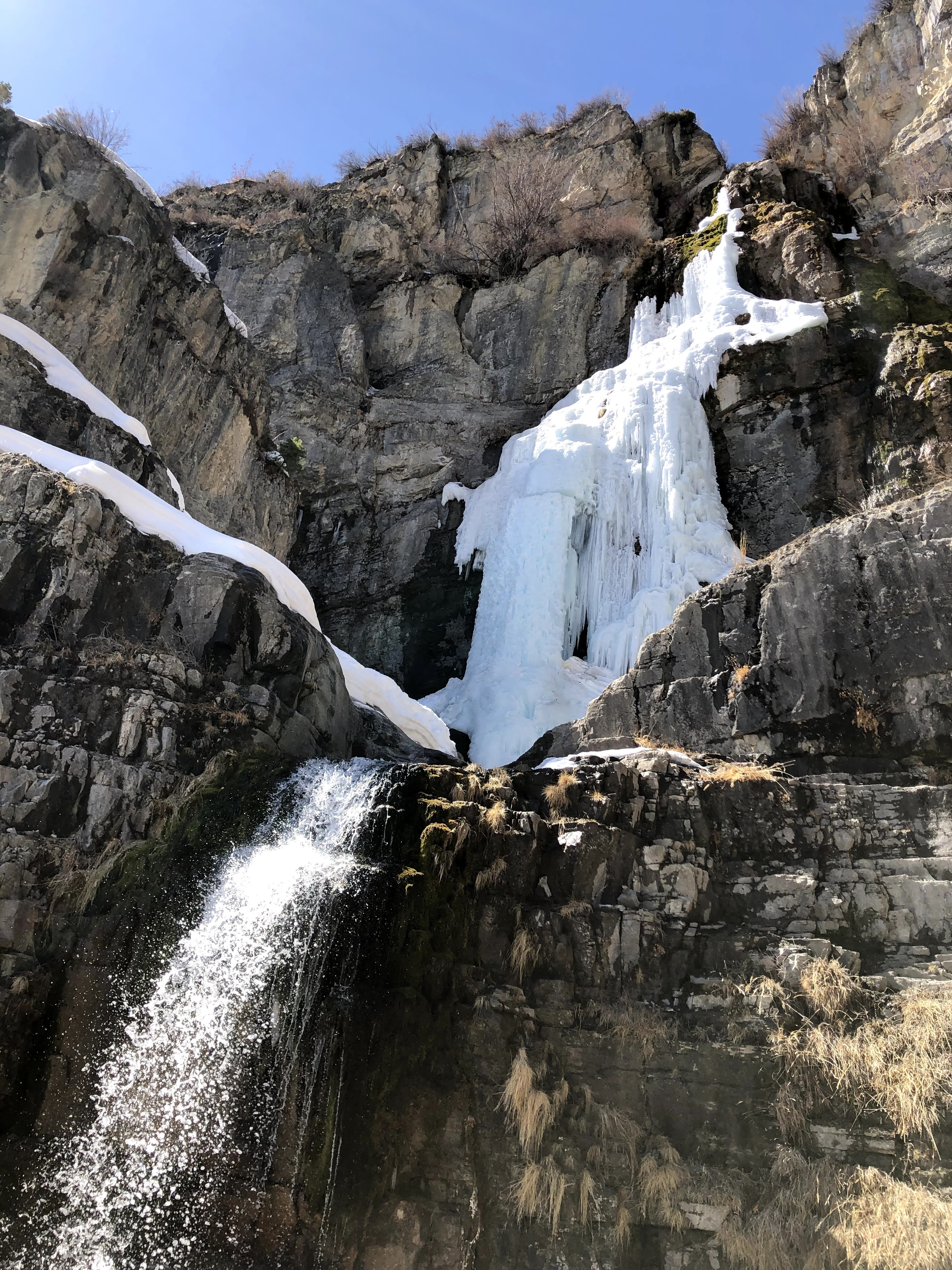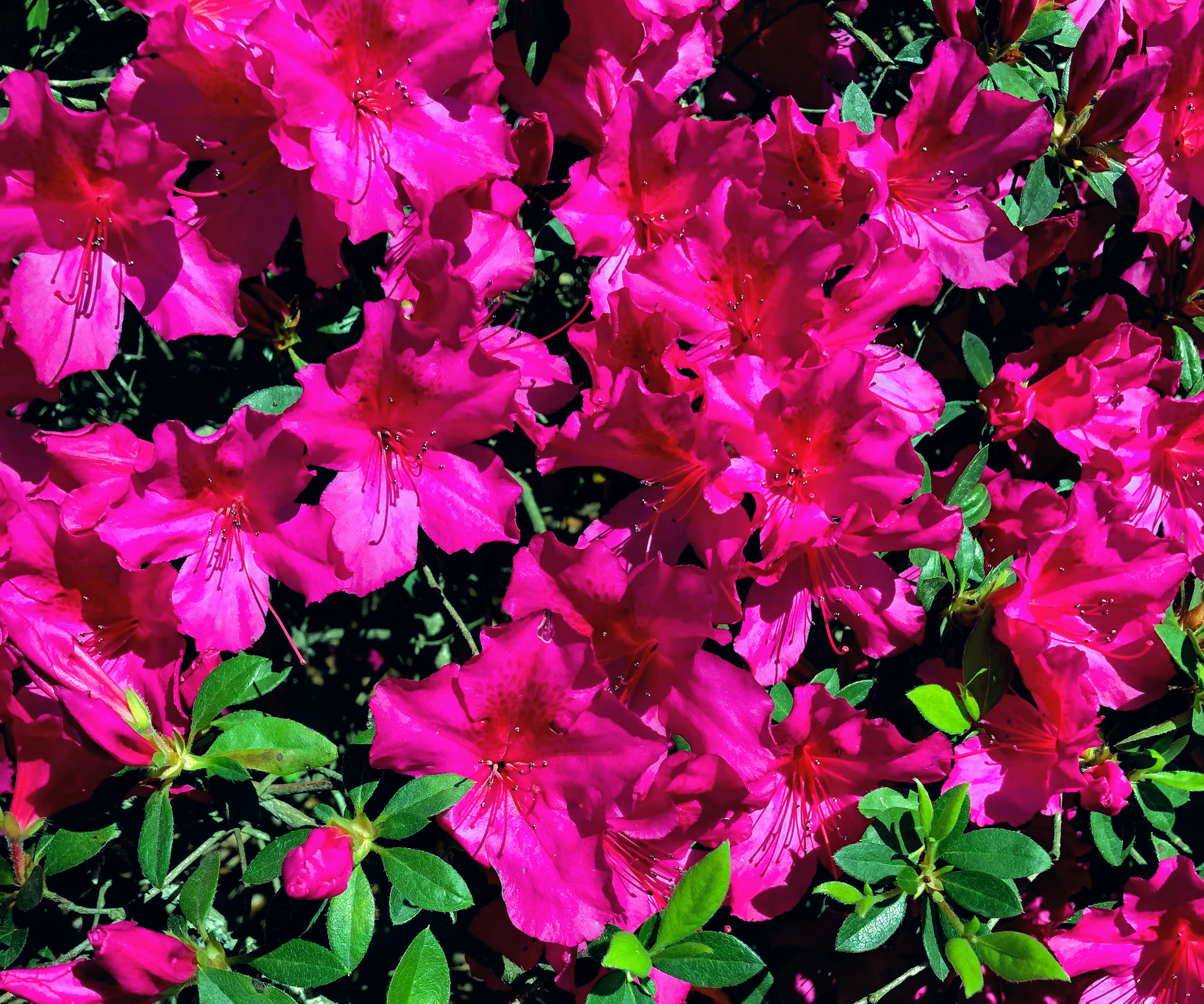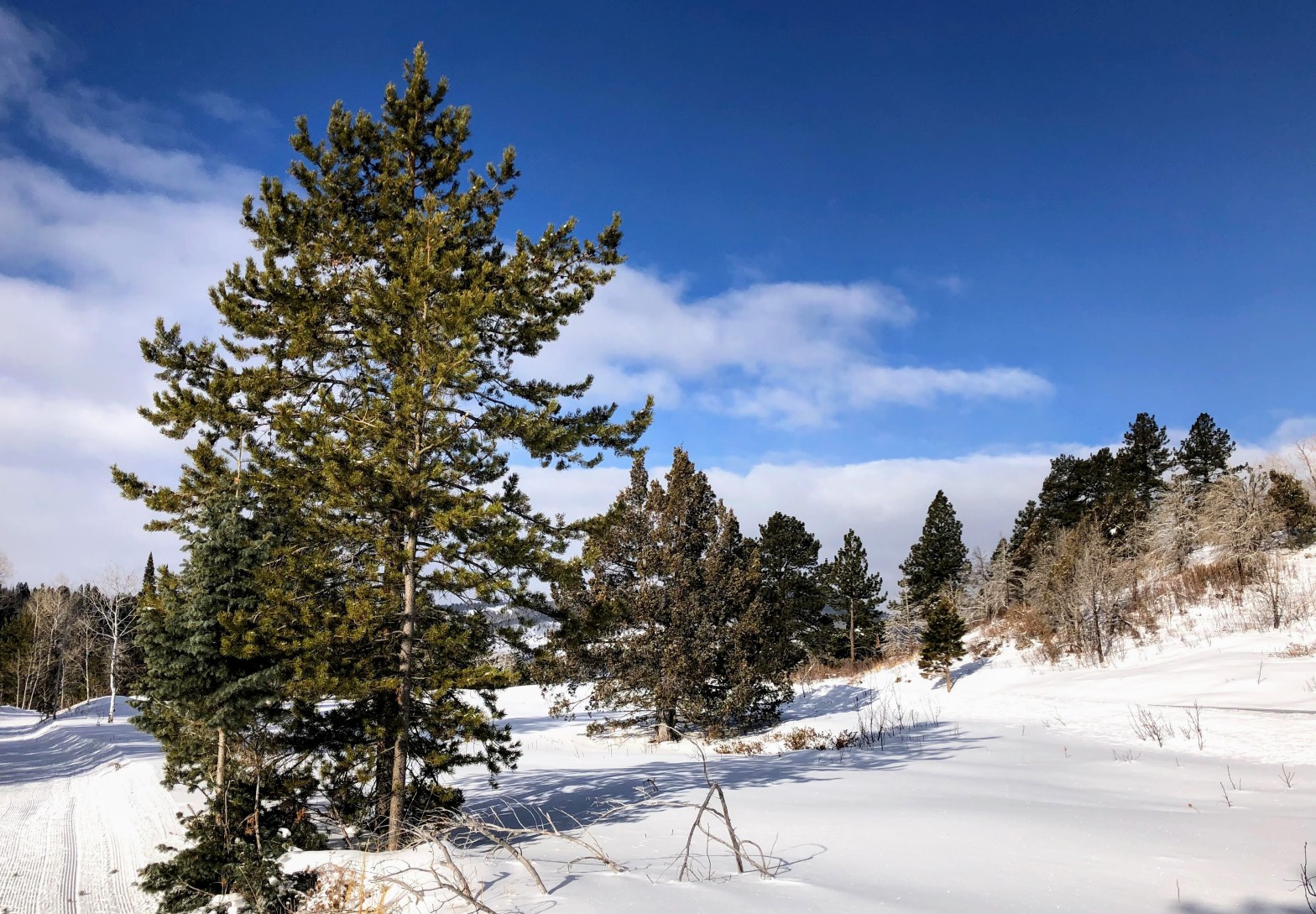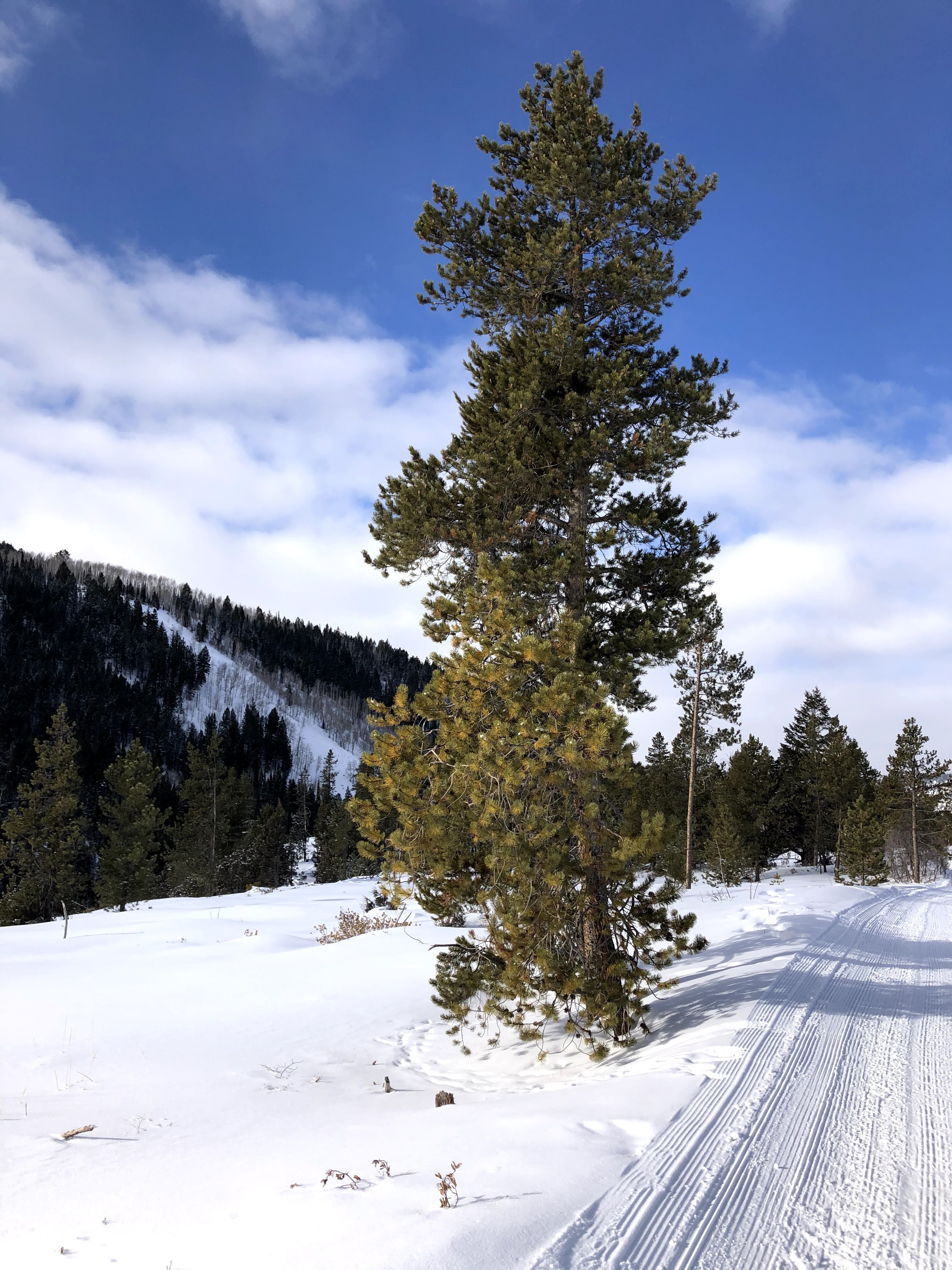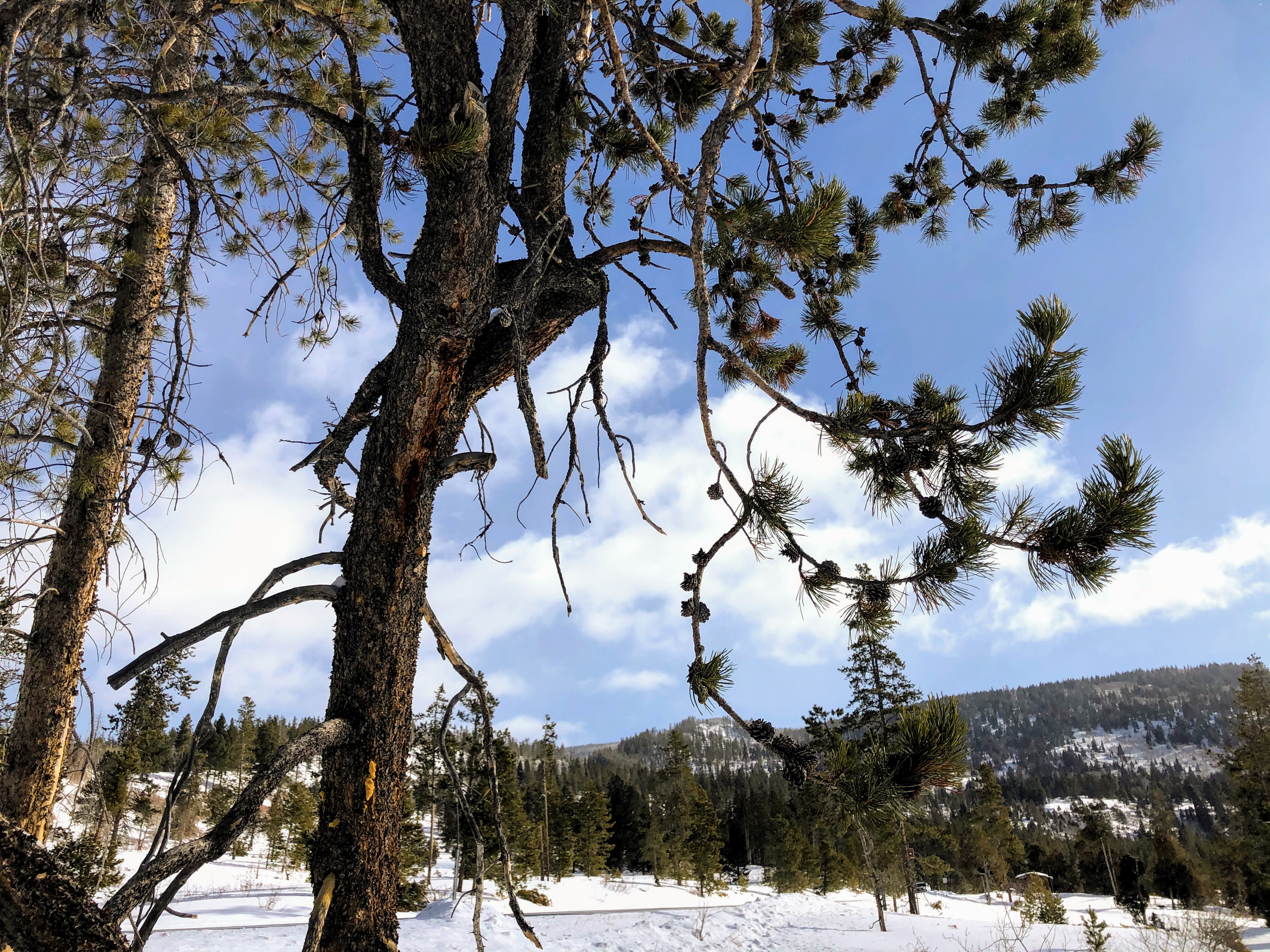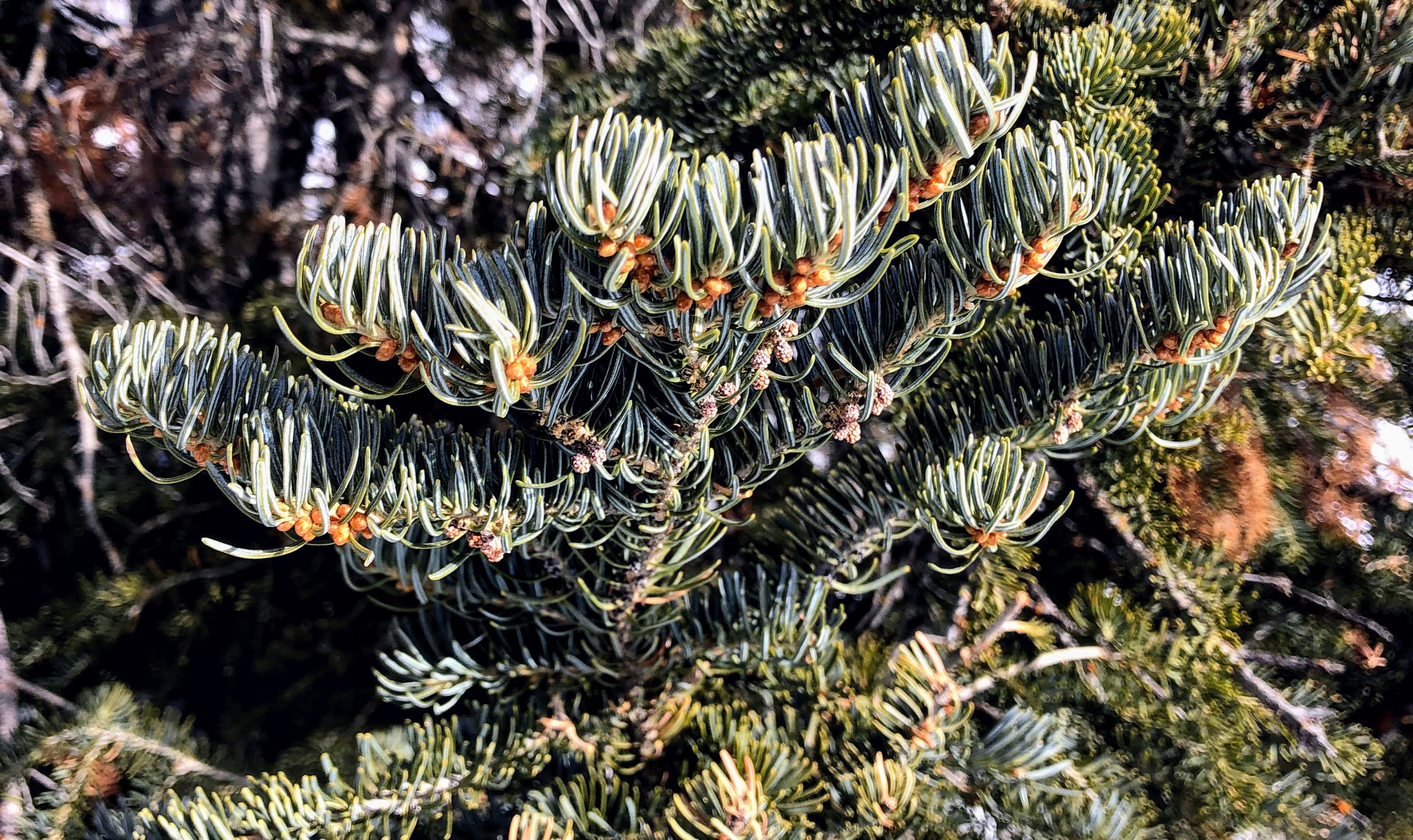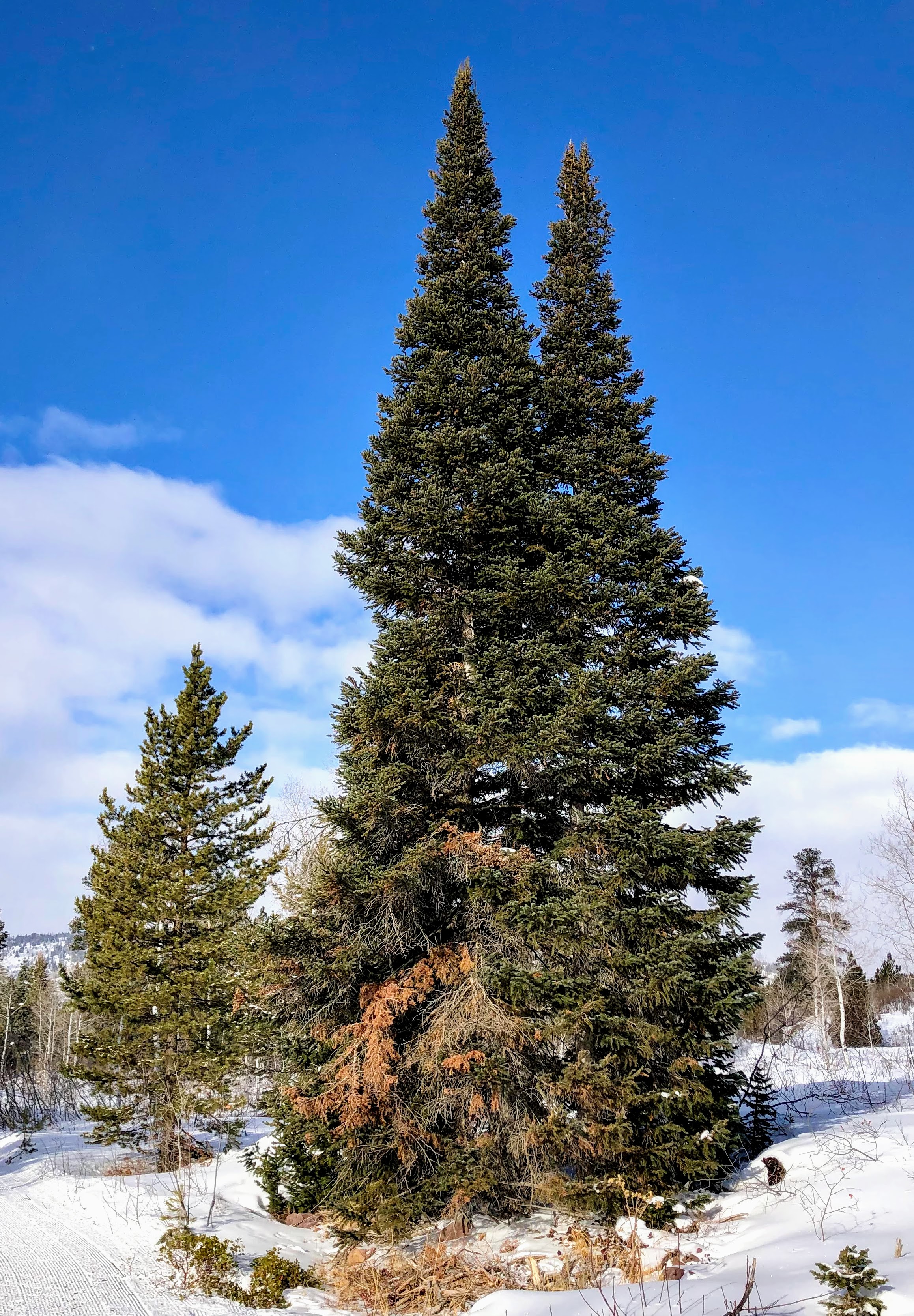Seven species of oak trees are native to Minnesota, according to the website of the Minnesota DNR. Three of these are found in northern Minnesota; the Bur Oak (Quercus macrocarpa), Northern Red Oak (Quercus rubra), and Northern Pin Oak (Quercus ellipsoidalis).
There are two main groups of oak trees, the white oaks and the red oaks. Leaf shape is the easiest way to distinguish between these two groups of oaks. Leaves of white oaks typically have rounded lobes, while red oak leaves have several pointed tips. The Bur Oak is a white oak and the Northern Red Oak and Pin Oak are red oaks.
Leaves of the northern Minnesota red oaks, the Pin Oak and the more common Northern Red Oak, are shown in the picture gallery below. These trees are difficult to tell apart. Pin Oak leaves typically have deeper indentations between their pointed lobes. I believe the leaves in the two pictures in the upper row are from Pin Oaks while Northern Red Oak leaves are shown in the bottom row.


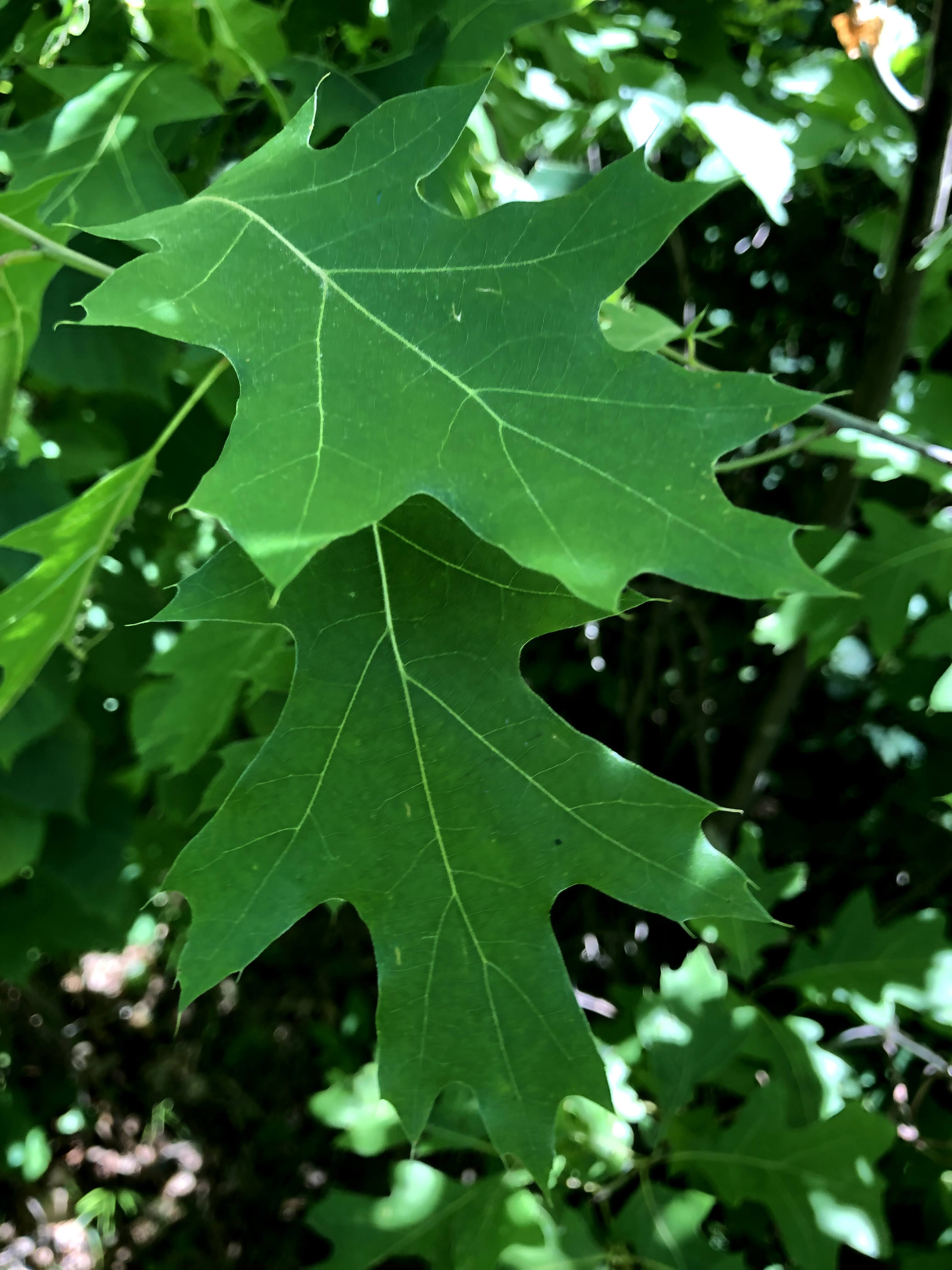



Leaves of the Bur Oak are shown in the following picture gallery. Bur Oak is the only white oak commonly found in northern Minnesota, the rounded lobes of its leaves are diagnostic of white oaks.

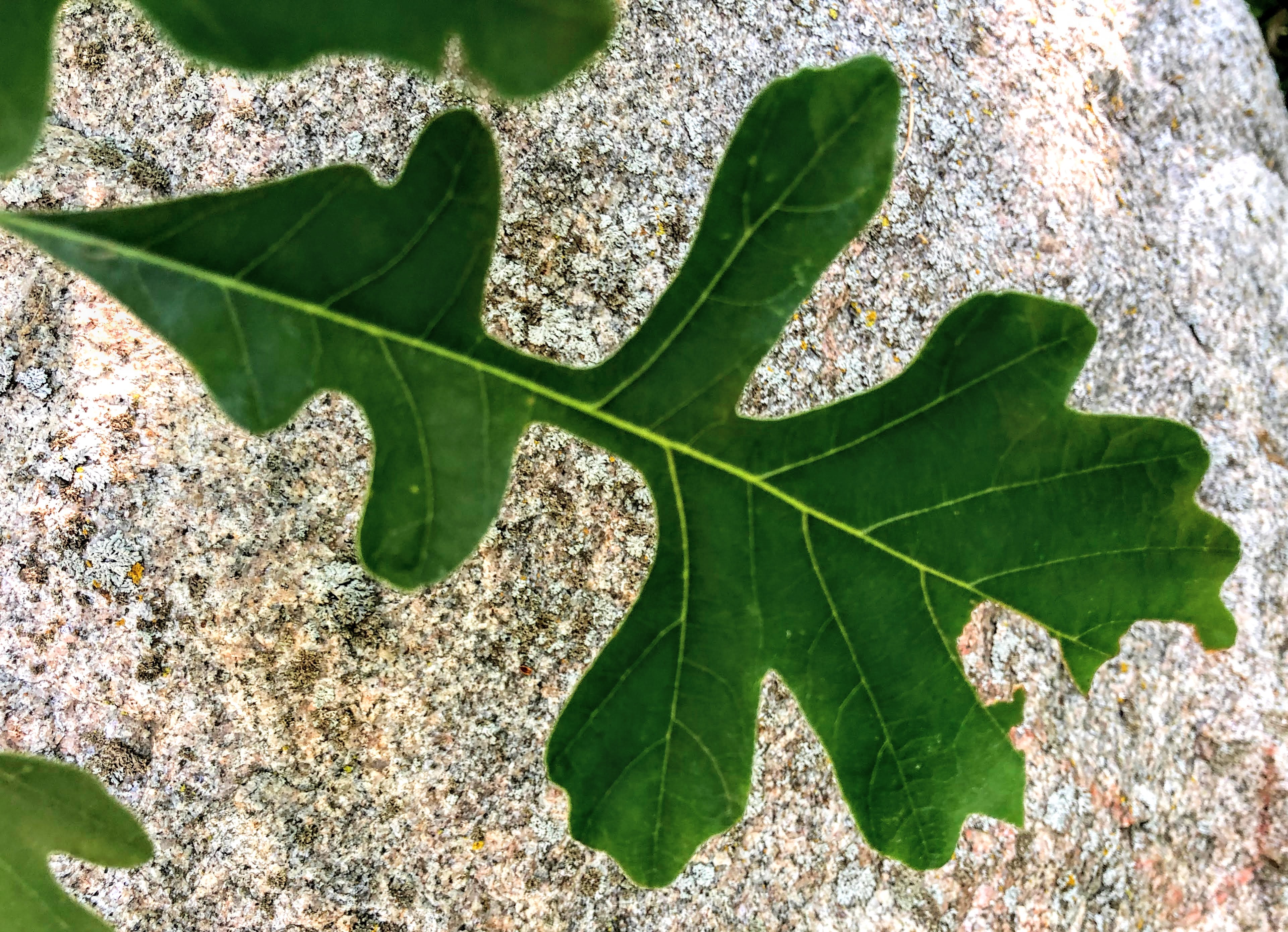



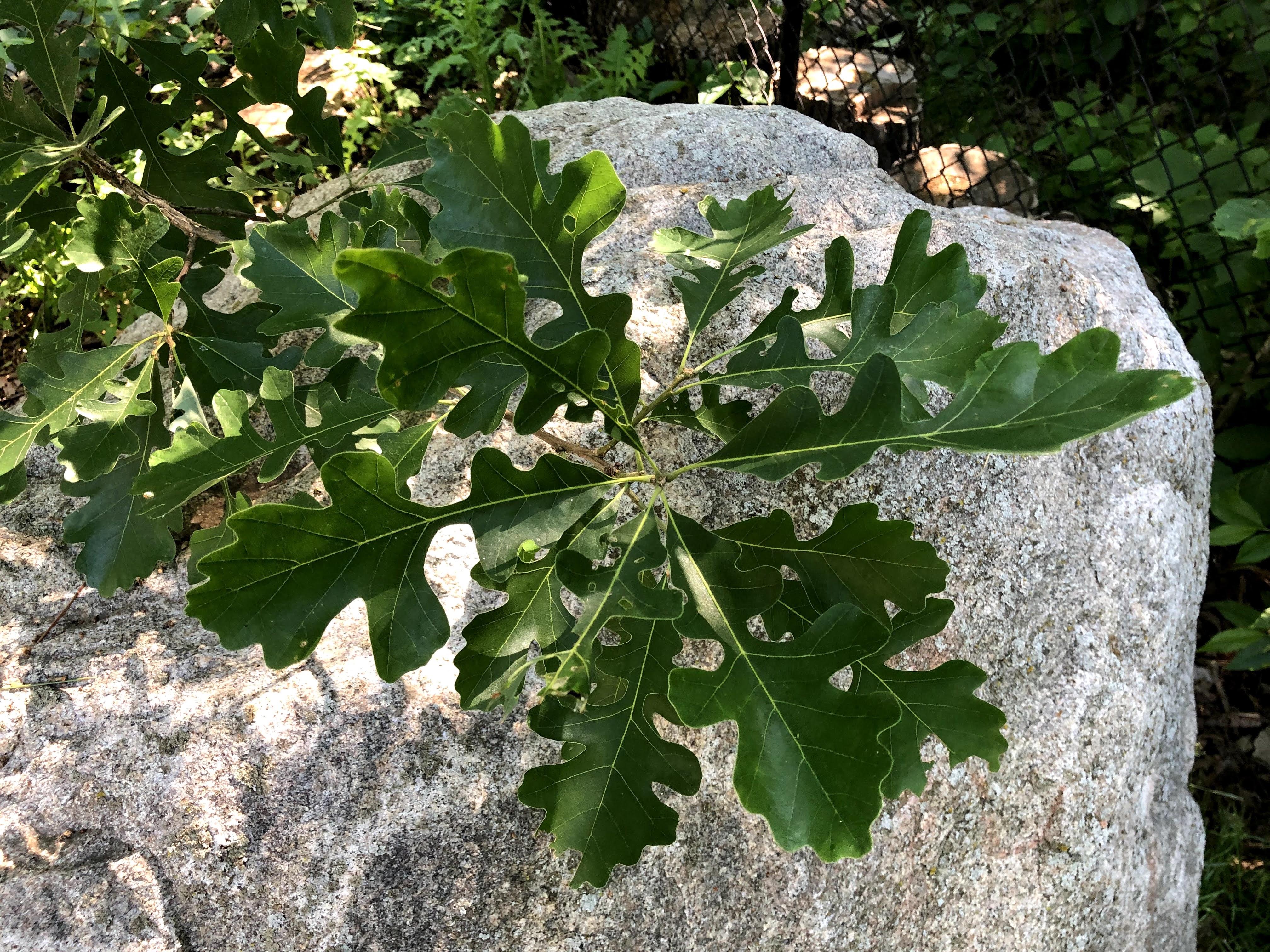
Oaks rely on the wind for pollination, which requires them to produce enormous amounts of pollen. Oak pollen is shed from male flowers called catkins over a period of about four days each spring. The picture below shows catkins hanging from a branch of a Bur Oak.

The images below compare a Bur Oak nearly leafless in mid-May and later in mid-June with its full complement of leaves.


